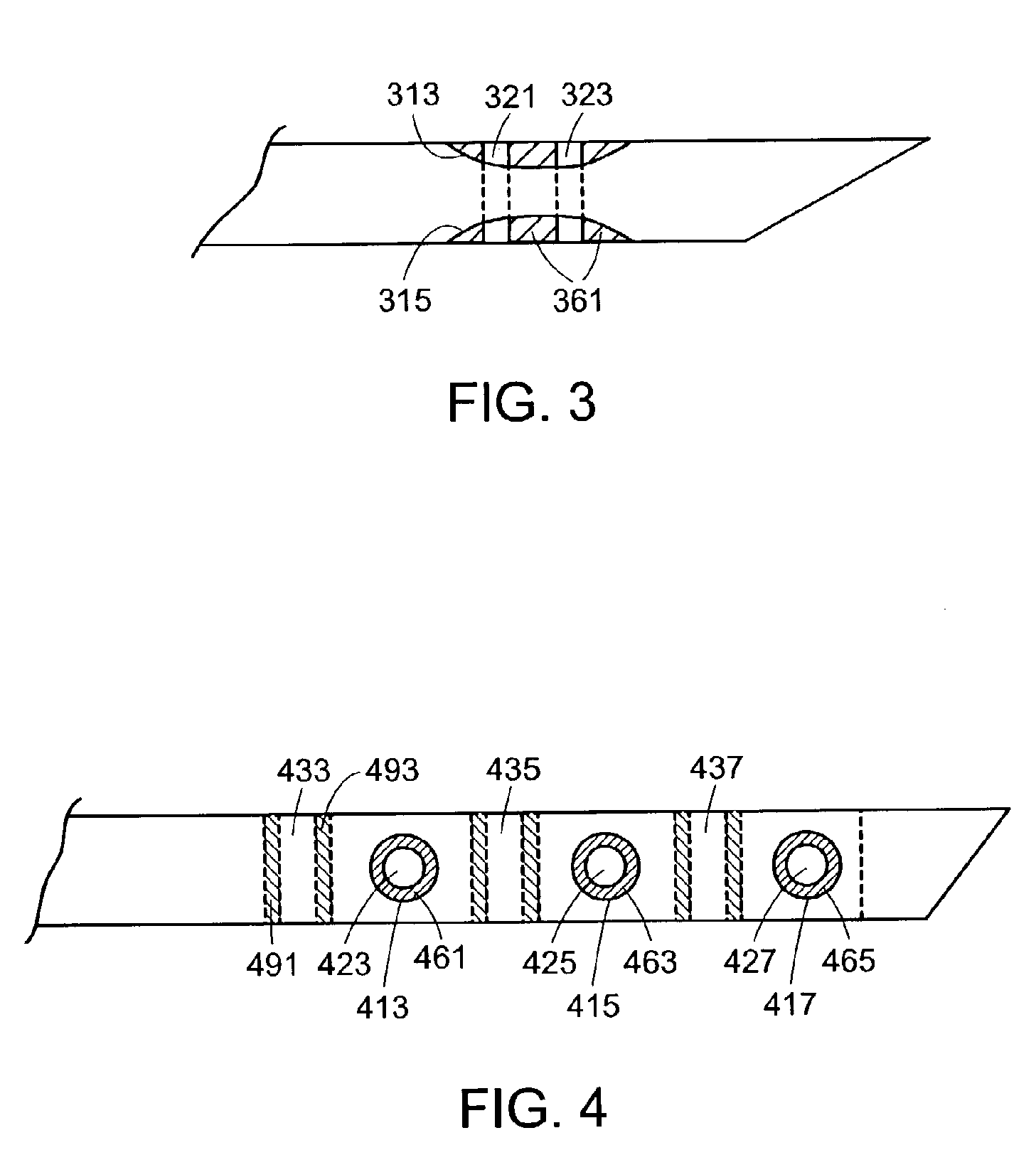Windowed thermal ablation probe
a technology of winding and ablation probes, applied in the field of winding thermal ablation probes, can solve the problems of difficult or dangerous operation in sensitive areas of the human body, inability to disclose, and energy may undetectable flow through sensitive tissue, and achieve the effect of sufficient strength
- Summary
- Abstract
- Description
- Claims
- Application Information
AI Technical Summary
Benefits of technology
Problems solved by technology
Method used
Image
Examples
example i
[0179] This prophetic example describes a preferred dual probe embodiment of the present invention.
[0180] First, after induction of an appropriate amount of a local anesthesia, the human patient is placed in a prone position on the table. The C-arm of an X-ray apparatus is positioned so that the X-rays are perpendicular to the axis of the spine. This positioning provides a lateral view of the vertebral body, thereby allowing the surgeon to view the access of the apparatus into the vertebral body.
[0181] Next, the device of the present invention is inserted into the skin at a lateral location so that its distal tip passes posterior to the dorsal nerves located outside the vertebral body.
[0182] Next, the device is advanced interiorly into the vertebral body so that the distal tip bores through the skin, into and through the cortical shell of the vertebral body. The device is advanced until the tip reaches the anterior-posterior midline of the vertebral body.
[0183] Next, the power s...
PUM
 Login to View More
Login to View More Abstract
Description
Claims
Application Information
 Login to View More
Login to View More - R&D
- Intellectual Property
- Life Sciences
- Materials
- Tech Scout
- Unparalleled Data Quality
- Higher Quality Content
- 60% Fewer Hallucinations
Browse by: Latest US Patents, China's latest patents, Technical Efficacy Thesaurus, Application Domain, Technology Topic, Popular Technical Reports.
© 2025 PatSnap. All rights reserved.Legal|Privacy policy|Modern Slavery Act Transparency Statement|Sitemap|About US| Contact US: help@patsnap.com



